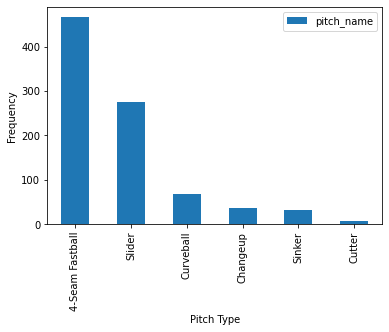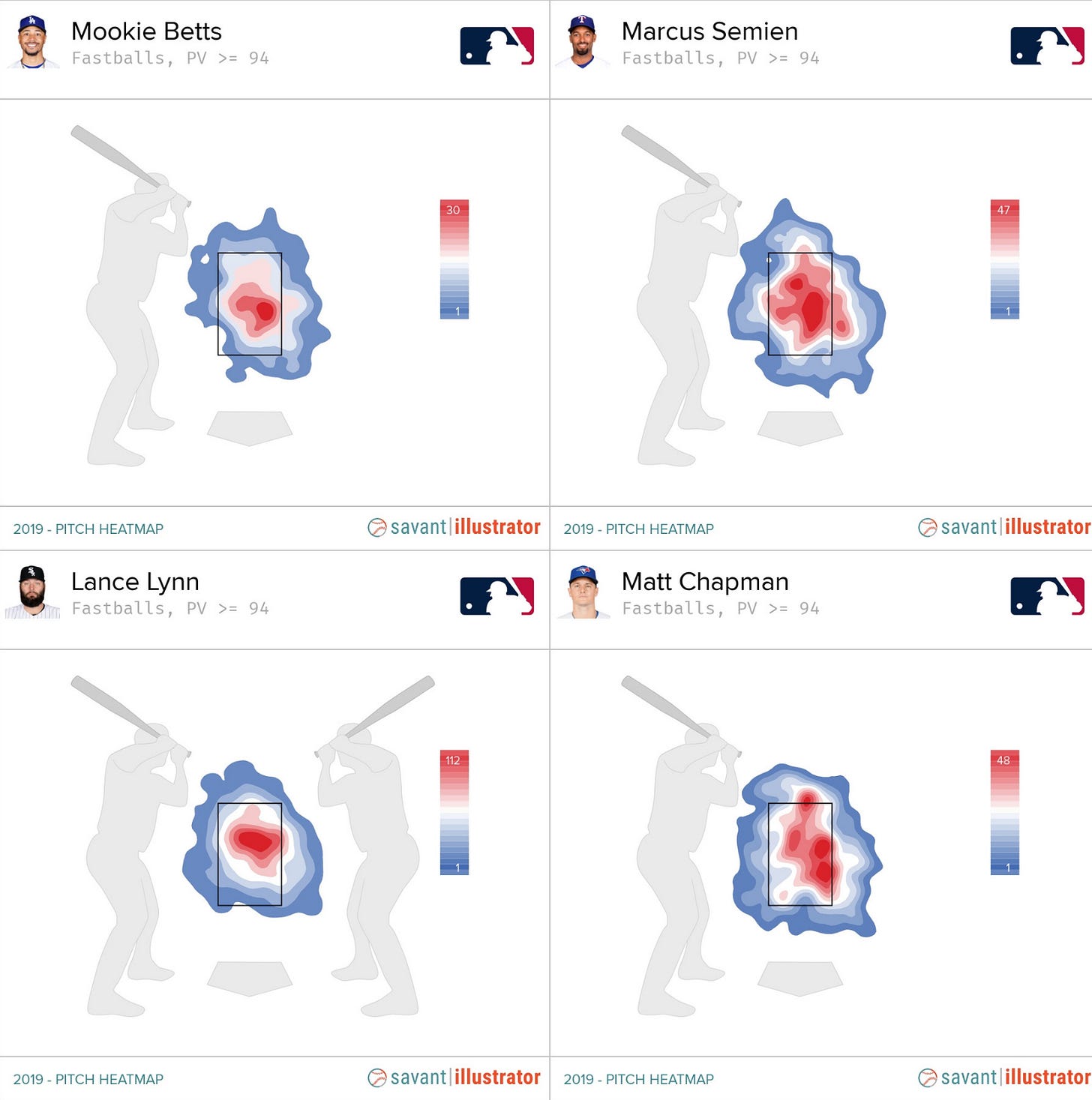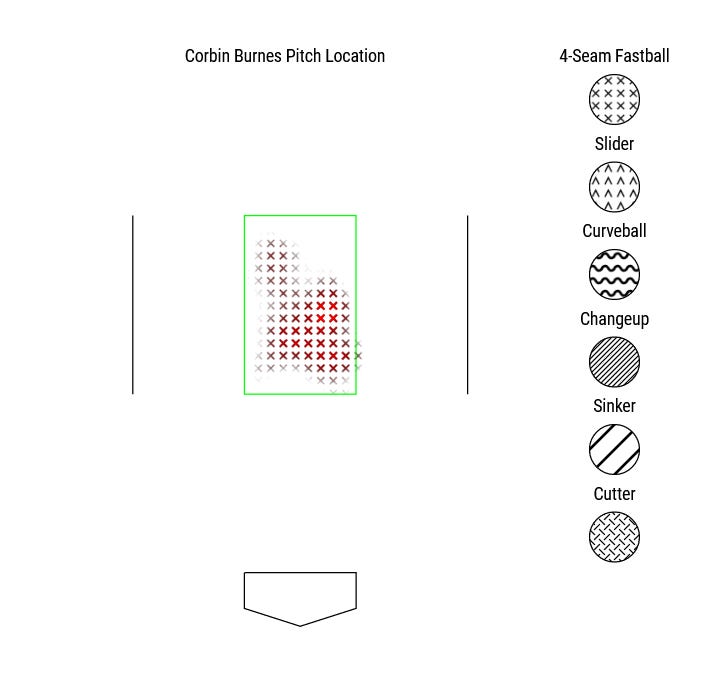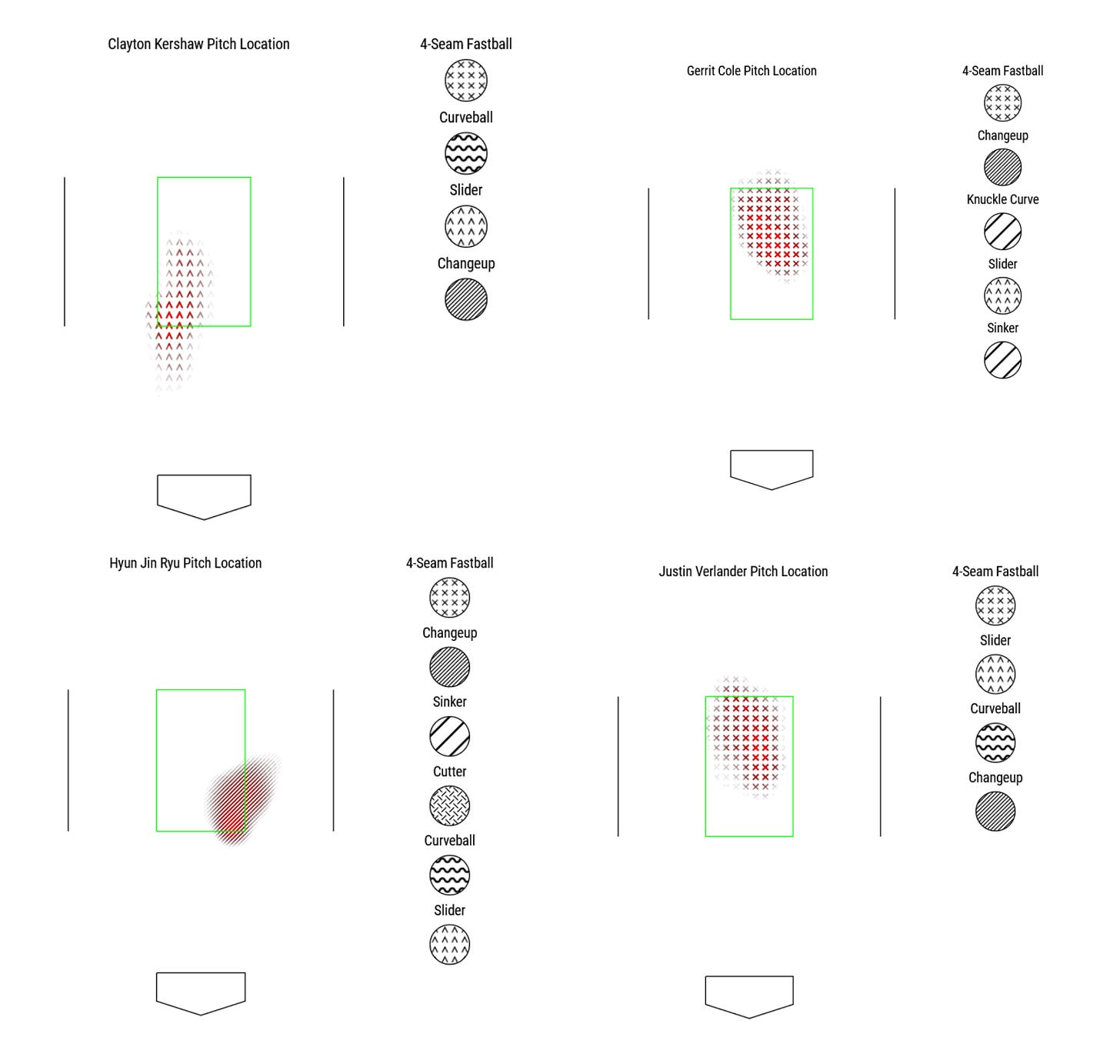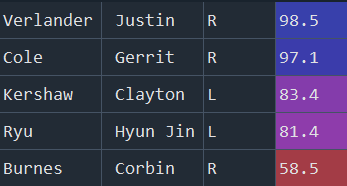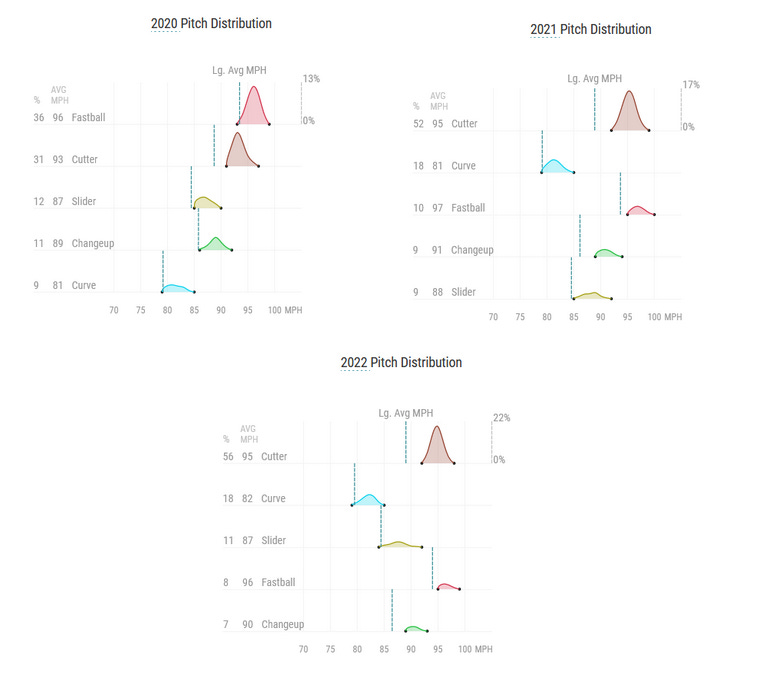You wouldn’t believe me if I told you: a pitcher that played a 8.82 ERA season to a 2.11 ERA in the following season, a pitcher that went from a 6.09 FIP to a 2.03 FIP in the next year, and a 1.63 FIP in the season after that: a pitcher that went from worst rated in the league to Cy Young. This is none other than Corbin Burnes of the Milwaukee Brewers.
Who is Corbin Burnes?
Corbin Burnes is a pitcher for the Milwaukee Brewers and debuted in 2018 in the middle of the season as Milwaukee’s second best prospect. He proved his excellence as a relief pitcher for the Brewers in 2018; with a debut game of two scoreless innings and his first pitching save recorded. He helped clinch the Brewers with four scoreless innings against the Rockies in the 2018 NLDS, and was pivotal in beating the Dodgers in game six in the NLCS.
This is what being a relief pitcher is all about, making sure the fans utter a sigh of relief when they exit the bullpen, and knowing that their game will end in their favor.
He ended the 2018 season with 2.61 ERA and a 3.79 FIP; definitely not the best metrics to have as a relief pitcher, but with this being his first season, it speaks volumes on what’s to come in the future. Greatness lies ahead for the young Corbin Burnes, and it came in the 2021 season most definitely; however the thoughts of greatness for Burnes at the end of the 2018 season soon combusted in his atrocious 2019 season.
Incompetence
The Brewers made Burnes a starting pitcher in 2019, and from the get go he struggled in this role. In the first three games, he gave up a whopping eleven runs. This is not where it ends.
He ended up going back to the bullpen for the remainder of the season, where he ended with a 8.82 ERA and 6.09 FIP; making him one of lowest rated pitchers in the whole league! So what happened? Let’s take a look at his pitching distribution…
From the graph above we can that see out of his 887 pitches in the 2019 season, he displays a clear tendency to his fastball. Generally, this is a trend we see in a lot of pitchers. In fact, his average release speed was 95 mph— faster than a lot of the top pitchers in 2019 like Hyun Jin Ryu and Clayton Kershaw! So why was Burnes so ineffective? To answer that we will look at the pitch heatmaps for Burnes and the top players with the most WAR in 2019.
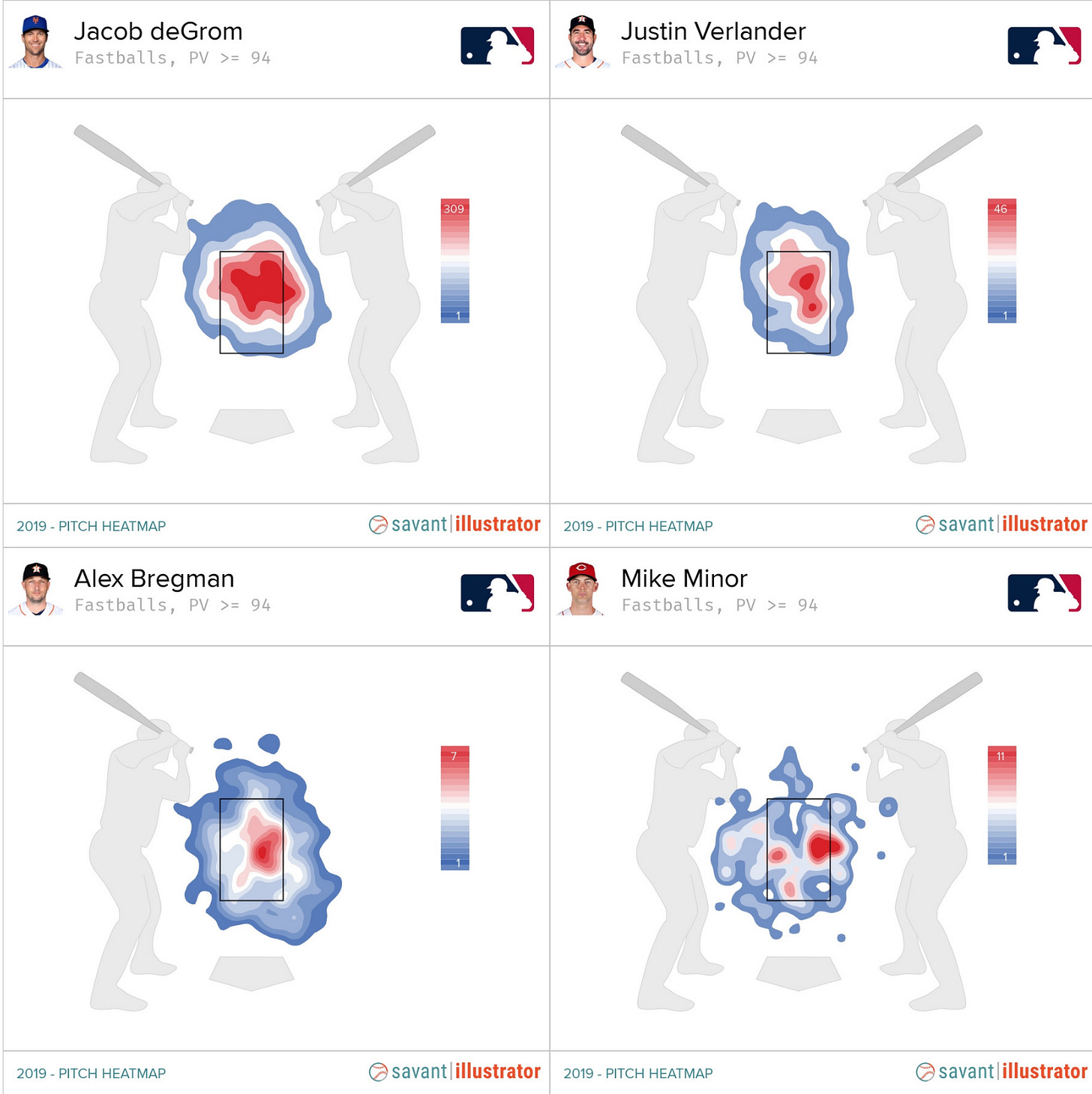
By looking at the images, we see that Burnes’ pitching zone in 2019 aligns exactly with all the top ten players in 2019. This means that Burnes was pitching right to their hotzone, which explains why so many runs were given up because of him. We can even compare the top pitchers in 2019 to see how they deviate from the Burnes fastball hotzone:
The above graphs are the headmaps of the top pitchers in 2019 league, and they are filtered based off of their favorite pitches (i.e. Ryu to changeup, Kershaw to slider, etc…). From these heatmaps we can see a clear difference between Burnes’s pitches and the leagues’ finest. Their heat maps are in areas not commonly hit by batters, especially in Ryu and Kershaw’s pitches where they deviate greatly from the top players’ average hitting range.
You might be wondering about Verlander and Cole’s zones because they are similar to Burnes’s heat zone. Notice how Burnes tends to span downwards, while Verlander and Cole sweep upwards. The top players in 2019, when they hit, tend to hit in the lower half of the strike zone which aligns with Burnes’ pitching zone. Besides their upward spanning pitching zones, Verlander had more variety to his pitches relative to Burnes in 2019, and Cole had an average 97 mph fastball (incredible!).
In summary, we see that Corbin Burnes had a bad habit of throwing his fastballs straight into the hitting center of fantastic players (which is not good for him). But what else might have blundered Burnes? Below is the measure of active spin the pitchers mentioned and Burnes had in 2019.Active spin is the percentage of spin that causes deviation in the pitched ball’s movement, causing the ball to curve. If done correctly, active spin will move the ball in places right above where a hitter is hitting, thus giving the pitcher a strike in that scenario.
As we can see, the top pitchers of 2019 have incredible active spin, while Corbin Burnes has a measly 58.5 active spin percentage. This means that Verlander and Cole may have been targeting similar areas in their pitching zone, but their spin rate caused them to fake their batters out most of the time; this is not in the case of Corbin Burnes: his low spin rate doesn’t allow for the ball to move as much.
Perhaps the most important and strange thing to note is that Burnes had a spin rate of 2659 RPM (how many times it spun around an axis per minute), higher than anyone else in the MLB in 2019. This means that Burnes was not effectively throwing the ball, which is evident with his low active spin percentage.
2019’s Burnes had an incredible amount of potential to be a monster pitcher, and soon after 2019, everything would start to unfold.
The Road to Glory
Let’s look at the Corbin Burnes’ pitching distributions after 2019:
We see a clear regression from his low performing 4-Seam Fastball towards his cutter, a method he has only used once in 2019.
Before I go into the effectiveness of Burnes’ cutter pitch, I want to explain what a cutter is because I don’t think it is obvious. The cutter is a rare pitch because it’s very hard to pull off, and oftentimes pitchers who try to use the cutter just throw a standard fastball. A cutter is when a pitcher throws the ball with its motion moving towards the glove of the pitcher, which is usually completely horizontal or some diagonal motion relative to the pitcher’s view of the strike zone; combine with this the speed of a 4-seam fastball, and this is a proper cutter. You also cannot forget that a cutter usually starts its horizontal or diagonal motion late into the pitch, which is the reason why it’s so hard to hit. Mariano Rivera mainstreamed this pitch and shows just how effective and dirty the cutter can possibly be. A video by the New York Times demonstrates Rivera and his cutter,
Let’s look at Burnes’ active spin percentage in the following years after 2019 to see if he improved or not.
We see a significant increase in active spin for Burnes after 2019, and see a stray away from his 4-seam fastball, moving towards the sinker and cutter. You might be thinking why his cutter active spin is so low, but in actuality—in the span of these three years— this active spin is one of the highest in the league; it’s just really hard to contribute your spin to the cutter pitch. If we take a closer look at Burnes’s cutter, we see it also has an average spin rate of 2767 RPM in 2021, the second highest in the league at that time, second to Darvish Yu. But if we look at Yu’s active spin, we see it at 30.5 for his cutter, falling vastly behind Burnes.
Now couple his incredible spin rate and active spin with an average cutter speed of 95 mph— around 6 mph higher than the league average cutter speed in 2021– and we have a pitcher that has a whiff percentage ranked in the 97th percentile of the entire league. This means that most of the time when batters decide to swing at the ball, they will not make contact with the ball.
Now with his incredible cutter in his arsenal, we see Burnes with some insane pitching metrics: an ERA of 2.43, an FIP of 1.63, and an HR/9 of 0.4 in 2021. These stats were so good in fact, that the second place in the categories I listed was none other than the legendary Max Scherzer, a 3 time Cy Young winner and player for 15 seasons. It is with Burnes’s mindset and dirty cutter that he was able to be awarded a Cy Young award in 2021, a complete ‘changeup’ compared to his disappointing 2019 season.
Final Thoughts
This was a story on how a pitcher went from rags to riches, the worst in the MLB to Cy Young winner, not even a feat the superstar Mariano Rivera with his own cutter achieved. You may have thought that he worked tooth and nail every day and night to refine such a beautiful pitch, but the reality is, according to Corbin Burnes himself, it only required “a few tweaks here and there…”; a true lesson that can be learned from the Cy Young winner himself.
Below is some of Corbin Burnes’ best pitches from 2021.
Extras and Notes:
All visuals and data collected above are from baseball savant.
A lot of this article was inspired by Foolish Baseball, a great source for entertaining baseball analytics content in video format, his Corbin Burnes link is here, https://bit.ly/3RjFQzJ.





